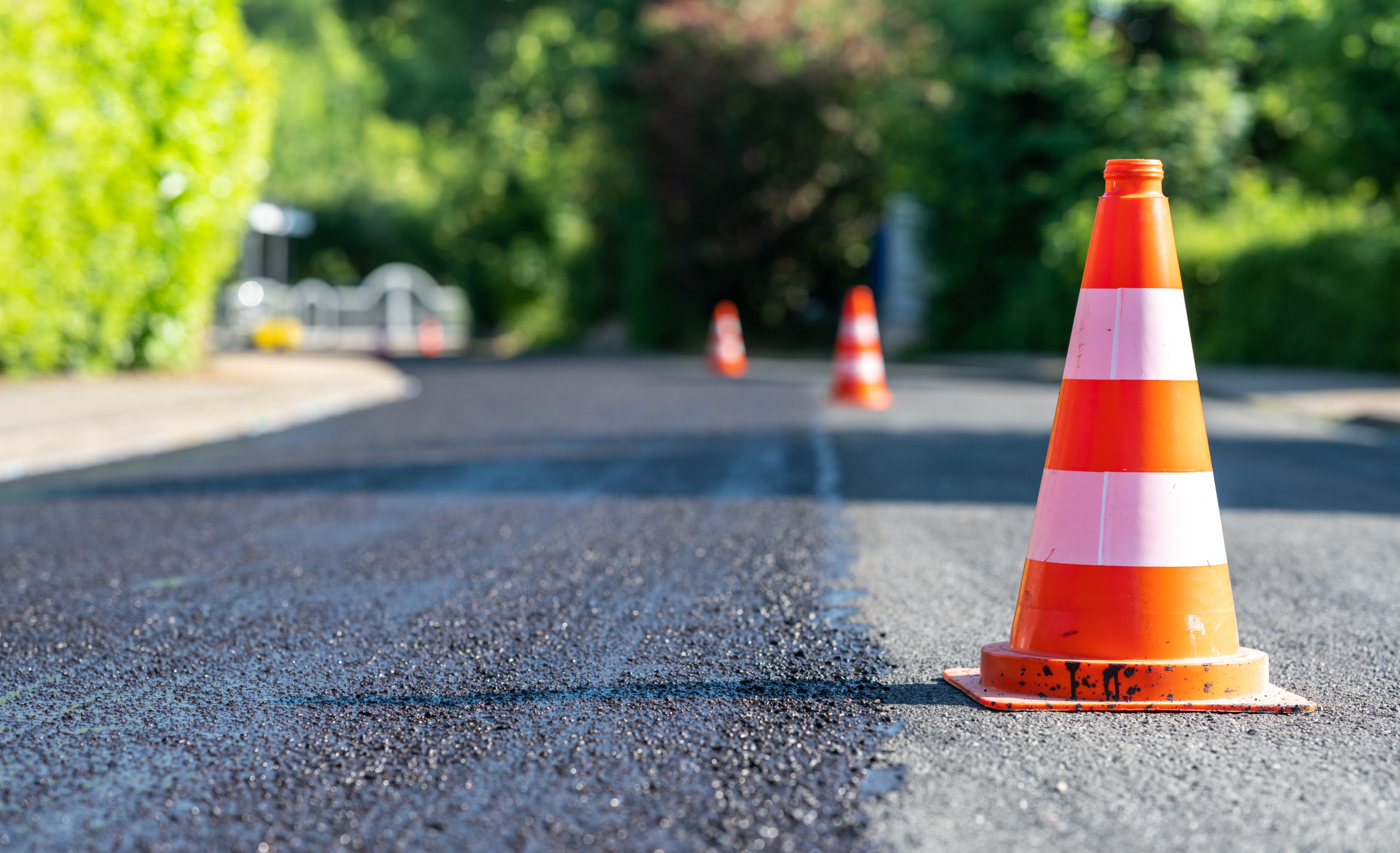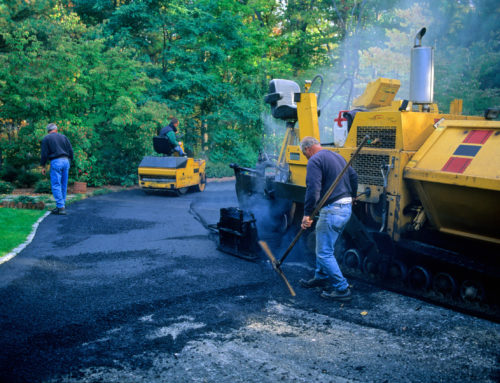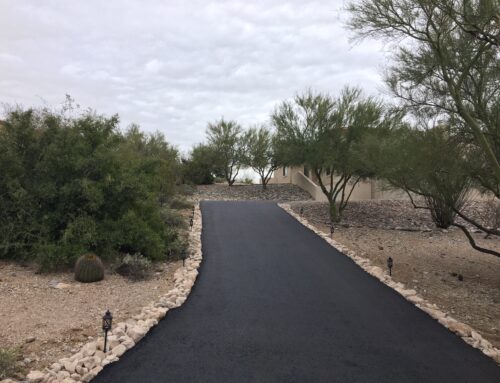As our communities continue to grow and evolve, so do our infrastructure needs. Many aging roads face the inevitable wear and tear of time and heavy traffic. Fortunately, there’s a cost-effective solution to breathe new life into these roadways and it just so happens it is something we’re quite familiar with here at Sunrise Asphalt. The asphalt overlay. This time on the Sunrise Asphalt blog, let’s chat about asphalt overlay, exploring its benefits, the process involved, and why it’s a sustainable choice for renewing aging roads.
Ready? Let’s go!
Understanding Asphalt Overlay
An asphalt overlay, also known as resurfacing, is a pavement rehabilitation technique that involves applying a new layer of asphalt over an existing road surface. This process rejuvenates the road, enhances its structural integrity, and restores a smooth, even driving surface. Asphalt overlay is a sustainable and economical option for extending the lifespan of aging roads, preventing further deterioration, and improving driving conditions.
The Benefits of Asphalt Overlay
Cost-Effective: Asphalt overlay is often more cost-effective than completely reconstructing a road. It saves on labor, materials, and time, making it an attractive option for budget-conscious road maintenance projects.
Enhanced Structural Integrity: Over time, the base layers of a road may remain intact while the surface deteriorates. An overlay adds a new, strong layer of asphalt that improves the road’s structural integrity and load-bearing capacity.
Smooth Driving Surface: Aging roads can become rough and uneven, causing discomfort for drivers and accelerating wear and tear on vehicles. Asphalt overlay provides a smooth, high-quality driving surface that enhances safety and driver comfort.
Minimal Disruption: Compared to full reconstruction, asphalt overlay projects typically cause less disruption to traffic flow and nearby residents. This reduces inconvenience and maintains access to businesses and residences during the project.
Extended Lifespan: When properly executed and maintained, asphalt overlays can add several years to the life of a road, delaying the need for more extensive and expensive repairs or reconstruction.
The Asphalt Overlay Process
The asphalt overlay process involves several key steps to ensure a durable and long-lasting result:
Surface Preparation: The existing road surface is thoroughly cleaned and any debris or loose material is removed. Cracks and potholes are repaired, and the road is made level.
Bonding Layer: A thin layer of tack coat or bonding agent is applied to promote adhesion between the old and new asphalt layers.
Asphalt Placement: Hot-mix asphalt is then applied over the prepared surface. The thickness of the overlay can vary depending on the road’s condition and intended use.
Compaction: Heavy rollers are used to compact and smooth the newly applied asphalt. Proper compaction is critical to achieving the desired density and durability.
Striping and Marking: Once the asphalt overlay has cooled and cured, road markings and lane striping are applied to ensure safe traffic flow.
Sustainability and Asphalt Overlay
Asphalt overlay is not only a practical solution for road renewal but also a sustainable one. Here’s how it aligns with sustainability goals:
Resource Efficiency: Asphalt overlay reuses the existing road structure, reducing the demand for new materials. This conserves natural resources and reduces the environmental impact of road maintenance.
Energy Savings: Compared to the energy-intensive process of completely reconstructing a road, asphalt overlay requires less energy and produces fewer greenhouse gas emissions.
Reduced Waste: Overlay projects generate less construction waste since the existing road is repurposed rather than demolished. This helps reduce landfill waste and lowers disposal costs.
Extended Road Lifespan: By prolonging the life of aging roads, asphalt overlay reduces the frequency of road reconstruction, which can be resource-intensive.
Asphalt overlay offers a sustainable and cost-effective solution for renewing aging roads, enhancing their structural integrity, and providing a smoother, safer driving surface. This approach not only extends the road’s lifespan but also aligns with sustainability goals by conserving resources, reducing waste, and minimizing energy consumption.
For communities facing the challenges of aging road infrastructure, asphalt overlay represents an opportunity to preserve and enhance these essential assets without the disruption and costs associated with full reconstruction. By choosing this durable and sustainable option, we can pave the way to safer and more efficient transportation networks while minimizing our environmental impact. Asphalt overlay is not just a road renewal method; it’s a pathway to a more sustainable future.



